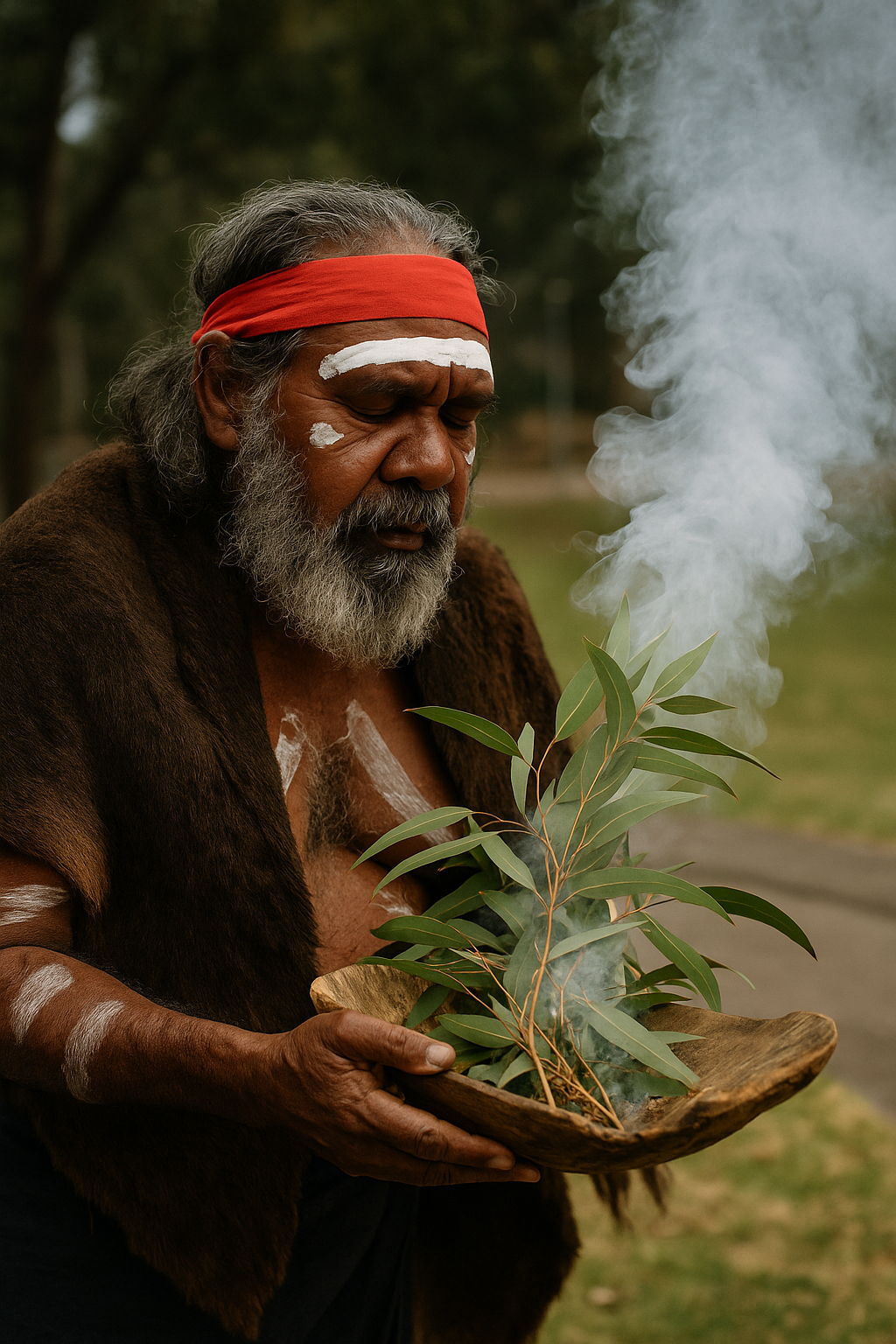For tens of thousands of years, Aboriginal and Torres Strait Islander peoples have maintained deep spiritual connections with the land, water, sky, and all living things. Among the many cultural practices that embody this connection is the smoking ceremony—a powerful ritual of cleansing, healing, and renewal that continues to play an important role in both traditional and contemporary settings. Today, it’s often seen at public gatherings and cultural events, including a Welcome to Country smoking ceremony, where its ancient symbolism is shared with a wider audience.
The Ancient Roots of Smoking Ceremonies
Smoking ceremonies are among the oldest known spiritual practices in the world, passed down orally from generation to generation. Each Aboriginal nation and language group has its own stories, meanings, and methods for conducting the ceremony, but the essence remains the same: smoke as a purifier and connector.
Traditionally, specific native plants—such as eucalyptus leaves, wattle, or sandalwood—are chosen for their cleansing properties. These plants are gently smouldered to create smoke that is believed to ward off bad spirits, cleanse people and places, and invite healing and protection. The ritual is deeply symbolic, representing a harmonious relationship between the physical and spiritual worlds.
A Ceremony of Welcome and Healing
In many communities, smoking ceremonies are conducted when welcoming visitors to Country, celebrating milestones, or marking the beginning of important events. The smoke acts as both a blessing and a bridge—welcoming newcomers while respecting the ancestors and the land’s spirit.
Participants may move through the smoke, allowing it to wash over them, symbolically cleansing their body and mind. It’s also used to bless objects, tools, or newly built spaces, reaffirming the spiritual balance between people and Country.
The Meaning Behind the Smoke
Every element of the smoking ceremony carries meaning. The fire represents life, warmth, and transformation. The plants chosen carry the stories and healing energy of Country. The smoke itself is the connection—linking people to the past, present, and future, and to the unseen forces that guide and protect.
For Aboriginal Elders and knowledge holders, performing the ceremony is an act of cultural continuity—a way of honouring ancestors while educating others about respect for land, culture, and community.
A Living Tradition in Modern Australia
Today, smoking ceremonies are recognised and respected across Australia, not only within Aboriginal communities but also by schools, businesses, and public institutions. Their inclusion in national and local events reflects a growing appreciation of Indigenous knowledge systems and cultural heritage.
Whether experienced in a traditional setting or as part of a modern Welcome to Country smoking ceremony, the ritual’s purpose remains constant—to purify, protect, and connect. It’s a reminder that ancient wisdom continues to shape Australia’s cultural identity, bridging the gap between the world’s oldest living culture and the society we share today.
Honouring the Oldest Living Culture
Participating in or witnessing a smoking ceremony is more than an act of observation—it’s an opportunity to reflect, learn, and connect. It invites all Australians to stand in respect and gratitude for the custodians of this land and the enduring traditions that enrich our shared story. As the smoke rises, so too does the spirit of reconciliation—carrying with it a timeless message of unity, respect, and renewal.



